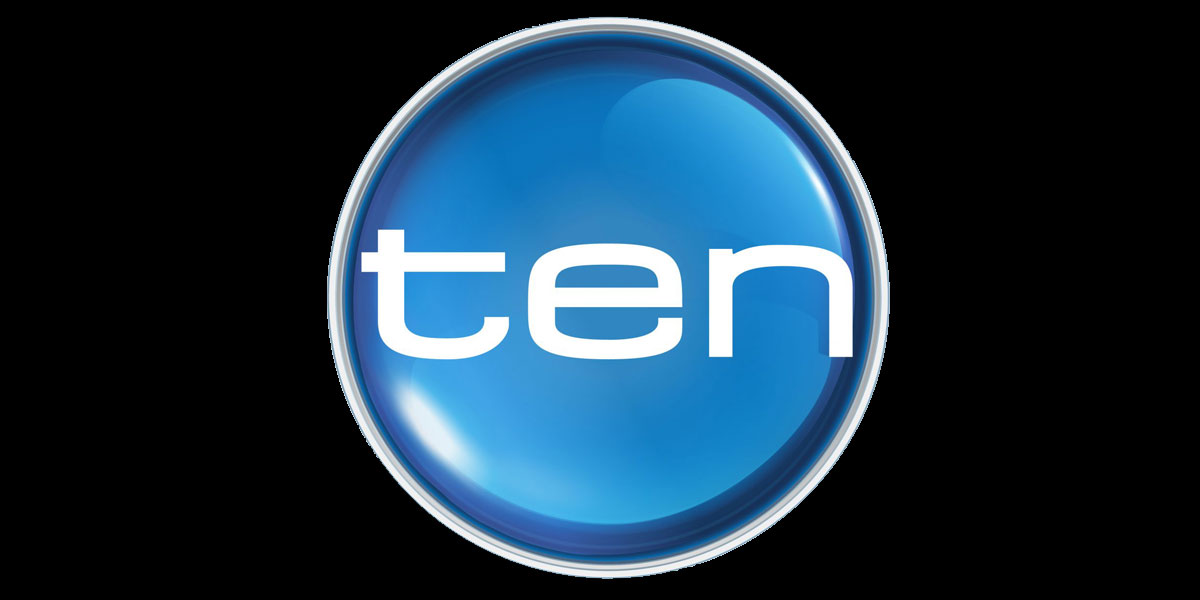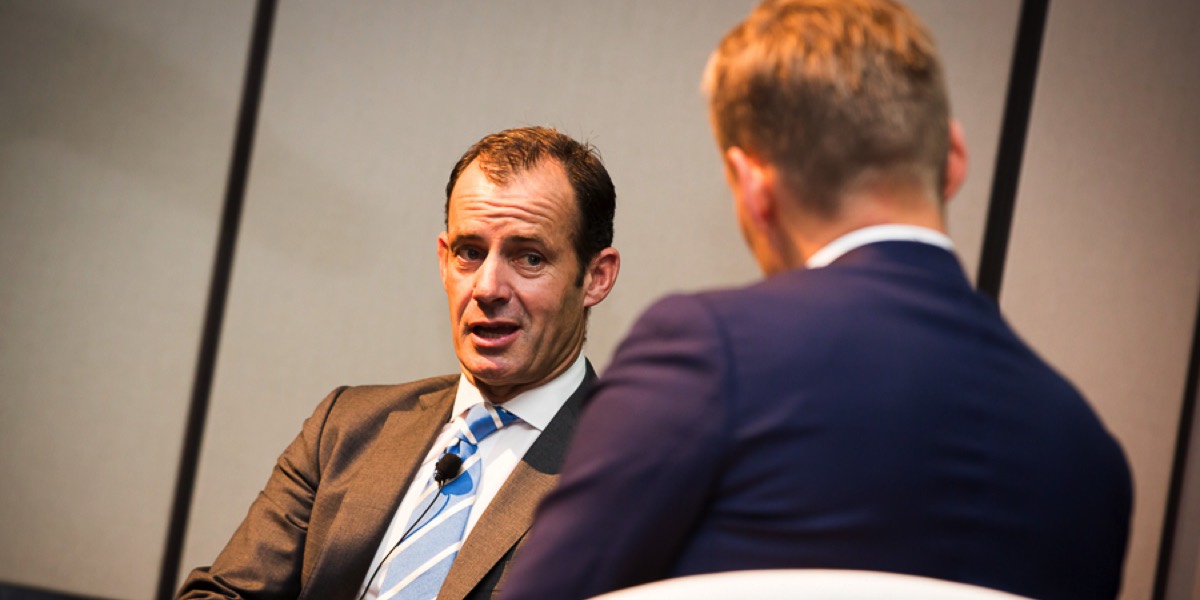Ten Network announces full year 2016 financial results

Strategy delivering improved performance: TV revenue Up 7.5%
Ten Network has announced its results for the 12 months to 31 August 2016. The results included:
• Television EBITDA of $4.5m (2015: loss $12.0m)
• Television revenue of $676.4m (2015: $629.3m), up 7.5%
• Revenue market share of 24.0%, an increase of 2.2 share points (2015: 21.8%)
• Commercial audience share in 25-54s of 29.5%; best result since 2012
• Television costs (ex-selling costs) increase of 5.1%, versus guidance of 5.5%
• Net significant expense items of $125.3m, including television licence impairment charge of $135.2m
• Net loss for the period attributable to members of $156.8m (2015: net loss $312.2m)
Key achievements during the 12 months include strong advertising revenue and revenue share growth, continued growth in television and online audiences, the return to positive earnings before interest, tax, depreciation and amortisation, and the successful implementation of the strategic arrangement with Multi Channel Network.
During the period, TEN also completed the issuance of new ordinary shares to Foxtel, completed a fully underwritten accelerated pro-rata renounceable entitlement offer of new ordinary shares, became a 24.99% shareholder in MCN and established new program supply agreements with WIN Network and Southern Cross Media.
TEN chief executive officer Paul Anderson said: “The past year has been a period of considerable change and steady progress at TEN.
“Our strategy of investing in primetime content and new distribution channels, coupled with the innovative and market-leading arrangement with MCN, is producing sound results.
“TEN and MCN have driven revenue growth despite soft conditions in advertising markets, with the company’s revenue growth tracking well ahead of the market and revenue share in line with our expectations,” he said.
“Our content strategy is working, with TEN increasing its audiences on television and across online and social media platforms. We continue to invest in differentiated content in a disciplined manner and we now have a domestic content schedule across the entire year, bookended by the KFC Big Bash League.”
The 7.5% increase in TEN’s television revenue during the 12 months to 31 August 2016 was achieved in a capital city free-to-air television advertising market that declined 2.9% during the period. The increase included growth of 19.6% from TEN’s industry-leading online catchup and streaming service, tenplay.
Anderson said the arrangement with MCN had been an outstanding success since it started on 1 September 2015 and would continue to evolve.
“In July this year, TEN achieved its 17th consecutive month of year-on-year revenue and revenue share growth.
“The arrangement with MCN has delivered clear benefits in terms of scale, audience reach and innovation in terms of integration opportunities for our clients, together with access to a more sophisticated and dynamic trading system,” he said.
“The improved revenue performance has been underpinned by our improved audience performance, with TEN continuing to attract new viewers across all platforms.”
TEN is the only primary free-to-air television channel to have increased its primetime audience so far in calendar 2016.
The success of TEN’s “TV Everywhere” strategy was highlighted by the strong growth of tenplay, which achieved a 32% increase in unique video visitors and a 23% increase in video segment views during the 2016 financial year. The number of tenplay app downloads increased 24% during the period, to 2.77 million.
New Affiliation Agreements
In May 2016, TEN announced new, five-year affiliation agreements with WIN Network and Southern Cross Media for the supply of programming to their regional markets.
Anderson said: “The new agreements represent an increase in the affiliation fees that were received under TEN’s previous regional program supply agreements.
“The new agreements took effect on 1 July 2016. Since then, the audiences for TEN’s programming has increased in regional Australia.”
Significant Items and Debt
The company reported predominantly non-cash net significant expense items of $125.3m, including a television licence impairment charge of $135.2m and a net gain of $23.1m on the sale of the out-of-home business.
TEN’s net debt at 31 August 2016 was $53.5 million, reduced from $131.5 million at 31 August 2015 following the issuance of new ordinary shares to Foxtel and the completion of the entitlement offer.
TEN chief financial officer Dave Boorman said: “The capital raising and Foxtel issuance, combined with the improvement in the results, have put the company in a position to further invest in primetime content to continue TEN’s audience and revenue growth.”
Costs and Cost Guidance
Television costs (ex-selling costs) increased by 5.1% during the 12 months to 31 August 2016, due to investment in new primetime domestic content.
The increase was below the revised guidance of a 5.5% increase, given in April 2016, and less than the original guidance for 2016 of a 6.5% increase given in October 2015.
Television costs (ex-selling costs) are expected to increase by mid-single digits in the 2017 financial year. TEN currently has a project under way to review all costs across the Company with the aim of minimising this increase.
Anderson said: “Strict cost control that has been a hallmark of TEN in recent years will continue with various initiatives to reduce the total cost base a key plank in achieving earnings growth in the ever-changing world of broadcast television.
“At the same time, we will continue to invest in our content and distribution channels to maintain our revenue and audience momentum.
“We have clearly demonstrated that disciplined and strategic investments in prime time content are necessary to continue to improve our performance,” he said.
Television Licence Fee Reduction and Media Ownership Reform
For 60 years, commercial free-to-air broadcasters have employed tens of thousands of Australians directly and indirectly and delivered thousands of hours of iconic and high-quality local programming across Australia – for free.
Anderson said: “Without our continued investment, Australian audiences will lose free access to Australian content and the local production sector will face a very uncertain future.
“Increased competition from untaxed and unregulated providers is bringing major challenges. In order to continue investing billions in a strong Australian voice on screen, this sector urgently needs a significant reduction in television licence fees.
“Ongoing regulatory uncertainty is already stifling decision making, particularly around domestic content investments,” he said.
“At 3.375% of gross revenue, Australian commercial free-to-air television networks pay more than any other free-to-air broadcasters in the world at a time when fierce competition from online players continues unchecked by any licence fee, local content or corporate tax obligations.
“As we prepare to appear before yet another Senate committee hearing on the media ownership legislation next week, we are calling on the Parliament to take these reforms seriously and remove pre-internet era rules that are threatening diversity by making Australian media companies less competitive,” Anderson said.
